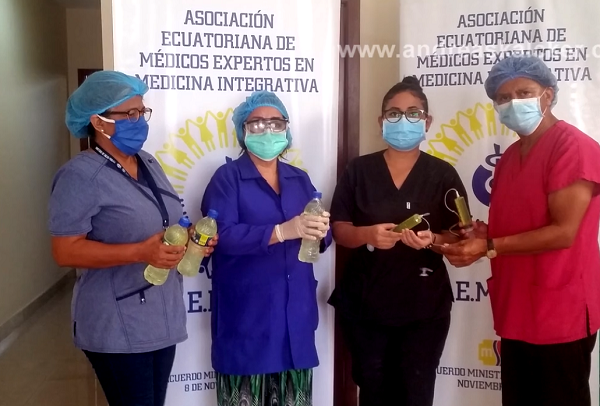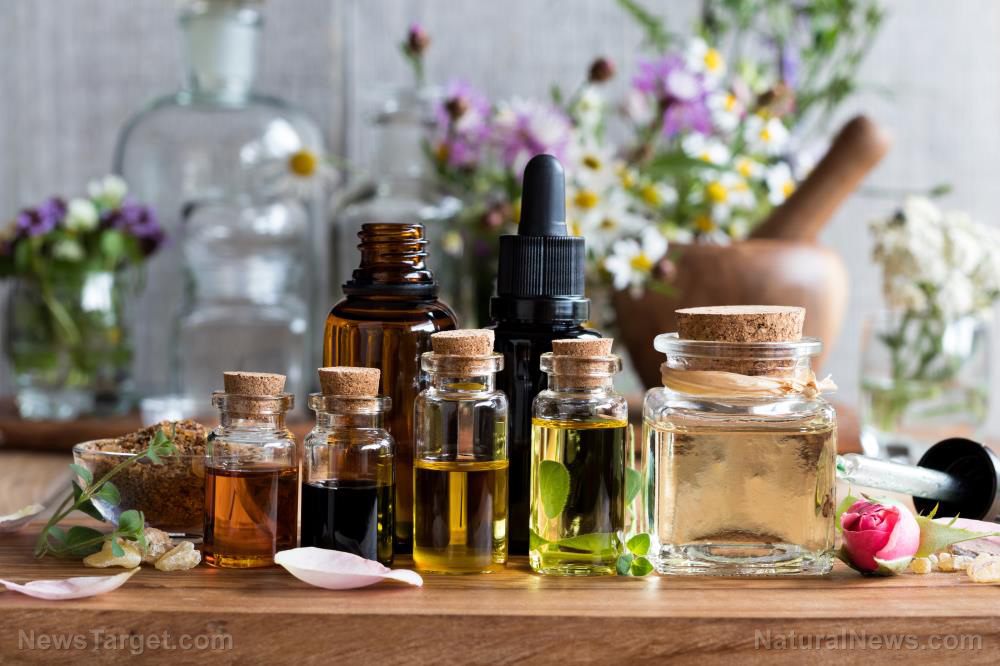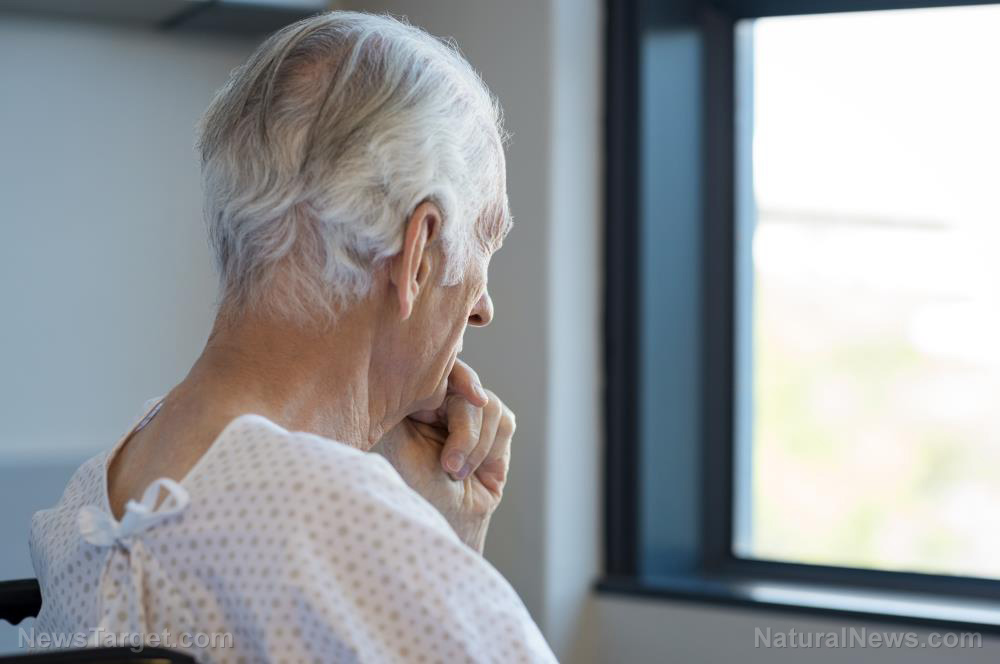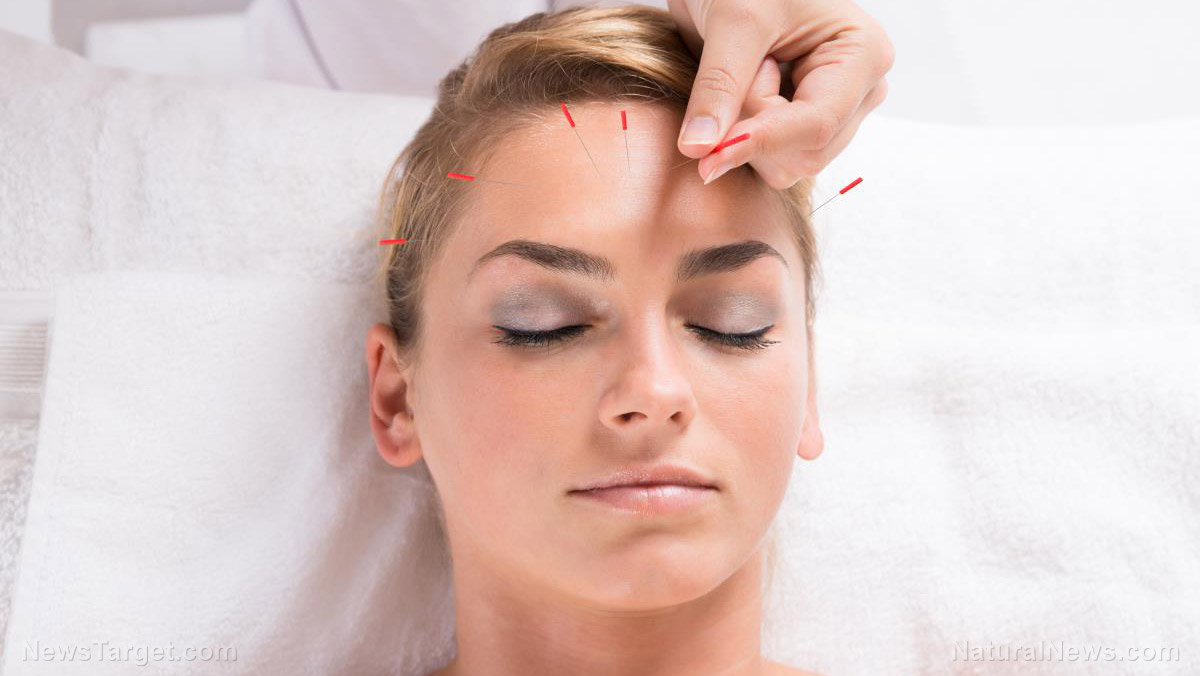
The treatment, platelet-rich plasma therapy (PRP) – also known as “vampire therapy” – works by centrifuging blood and separating white blood cells and platelets from the red blood cells, so that the resulting platelet- and white blood cell-rich concentration can be re-injected into a specific injured area or applied topically to areas that need healing, such as acne-scarred skin.
Experts say that what makes the platelets so effective in healing are the numerous growth factors they contain.
From The New York Times:
“In theory, the distilled growth factors (a protein or substance that helps stimulate growth) should speed healing and improve the tissue’s health, which has happened in the lab.”
Athletes, including Tiger Woods and others, have used the treatment – Woods had PRP therapy for a sore knee, New York Giants defensive tackle Chris Canty was treated for a hamstring injury and Phillies’ pitcher Cliff Lee underwent PRP therapy for an abdominal issue.
Sports stars and celebrities popularize the use of PRP therapy
The use of PRP therapy by sports stars has led to a booming demand among weekend warriors, who, according to the Times, now “clamor for P.R.P. to treat everything from tennis elbow to back pain, even though the procedure rarely is covered by insurance and can cost $1,000 a shot.”
Athletes aren’t the only celebrities calling attention to PRP therapy – Kim Kardashian’s use of the so-called “vampire facelift” has given the procedure notoriety and a boost in sales for clinics offering the procedure.
PRP therapy is now being used to treat a number of conditions, including acne scars, arthritic knees, pulled muscles and tendons, sprains and baldness. There are even PRP treatments for sexual dysfunction in both males and females.
PRP is also being touted as an anti-aging treatment.
From the Daily Mail:
“A study published last week found that transfusing older mice with the blood of younger ones could trigger the repair of the muscles and liver within 24 hours.
“It's thought to help by modifying substances in the older blood that seem to block cell regeneration.”
Researchers in the field say that PRP therapy could be used in a gel form to help heal wounds, burns and ulcers. A similar gel could also be used to prevent tooth loss and help regrow bone after tooth implants. PRP gel may also prove useful in treating broken bones.
Does PRP therapy really work?
With all these reported benefits, it would seem that PRP treatment is one of the more promising emerging therapies – but does it really work?
A lot of the evidence in favor of PRP therapy is anecdotal in nature; there is a shortage of actual clinical trials involving its use.
New studies are being published which suggest that PRP therapy may have little or no benefit – at least in treating certain conditions. According to the Times, two recent studies – one of which has yet to be published – indicated that PRP therapy did nothing to improve suffering in patients with either tennis elbow or Achilles tendon injuries.
However, some experts believe that the treatment is better suited to other types of injuries. Acute wounds may benefit more from PRP therapy than overuse injuries, according to Robert-Jan de Vos, an Erasmus University researcher.
From The New York Times:
“There are fundamental differences between overuse injuries, such as tendinopathies, and acute wounds, like those created in animal experiments. In acute injuries, the body initiates a robust healing response, which, Dr. de Vos said, P.R.P. may intensify. But in overuse injuries, the healing process is often blunted, and P.R.P. seems unable to augment it much.”
One thing everyone seems to agree on is that more study is warranted. PRP therapy seems to offer much, but its true efficacy has yet to be adequately confirmed by scientific research.
Sources:
Please contact us for more information.























